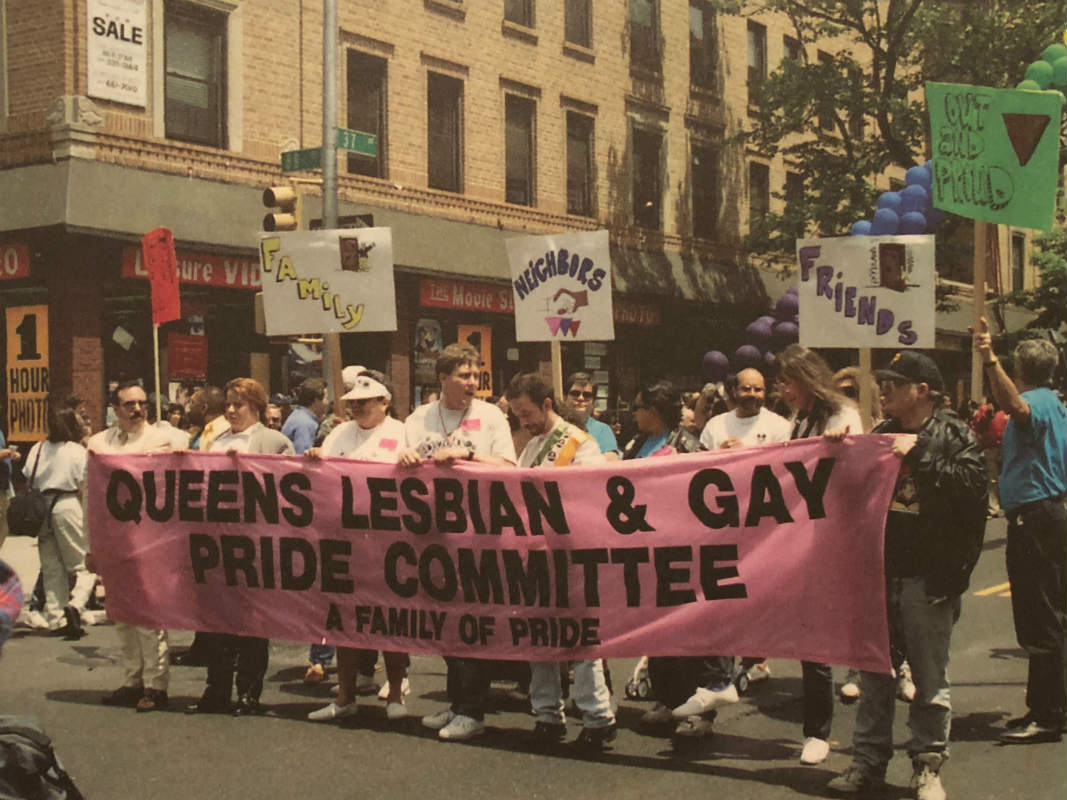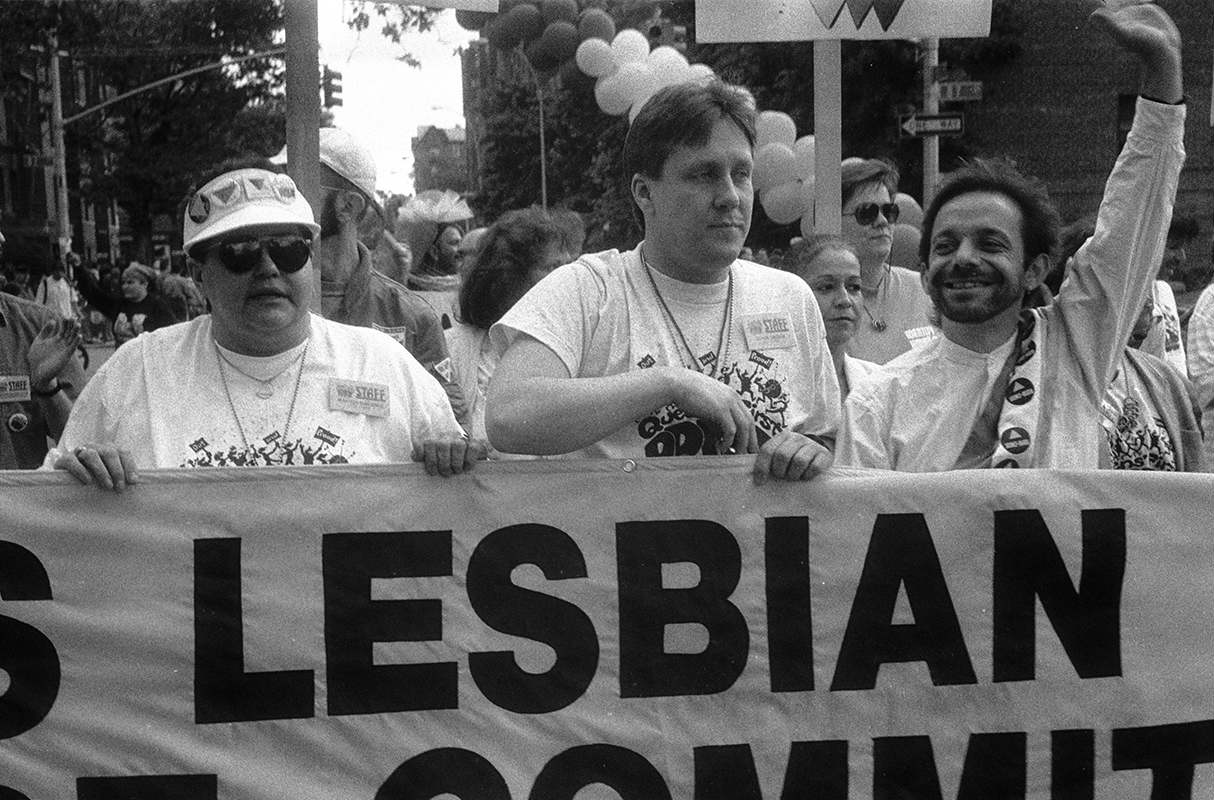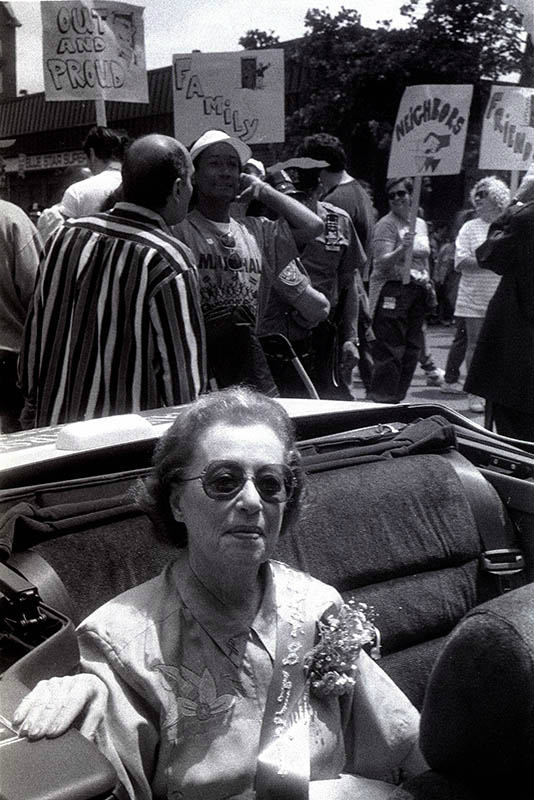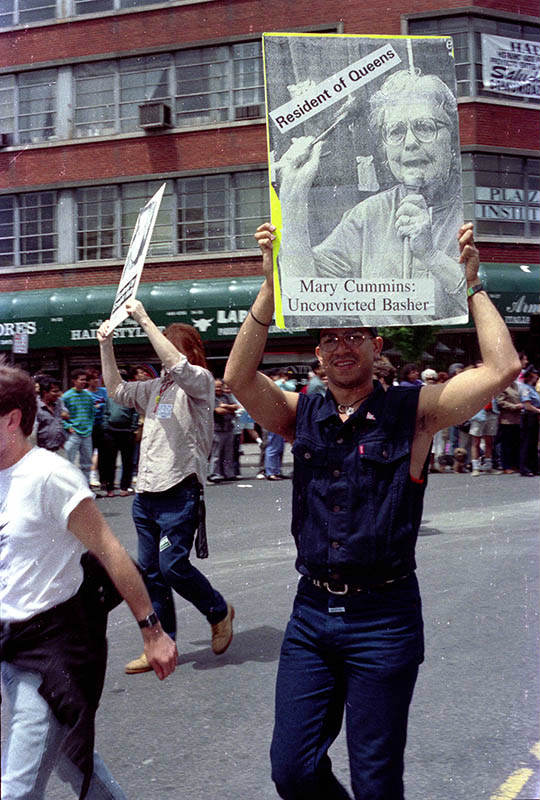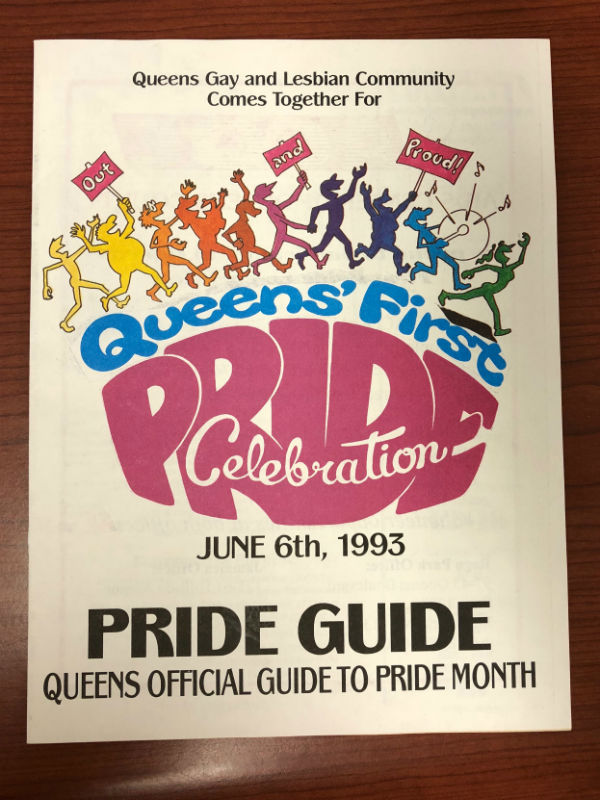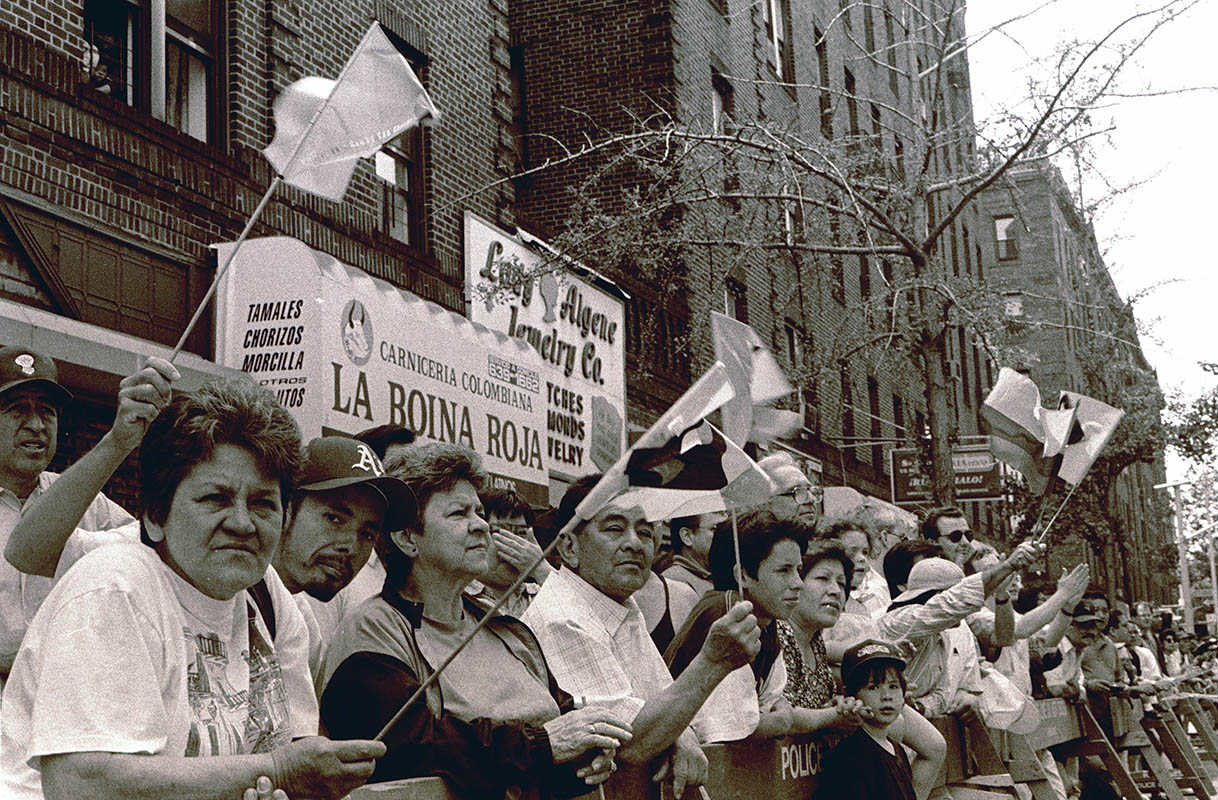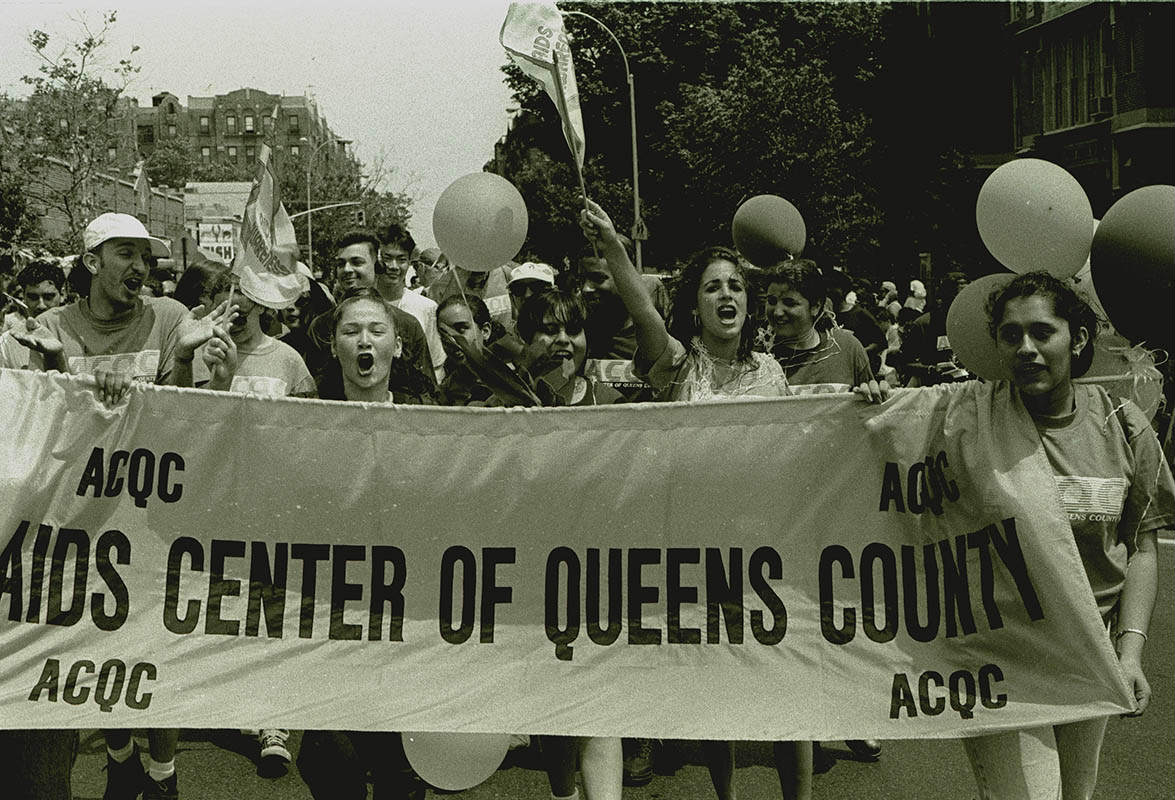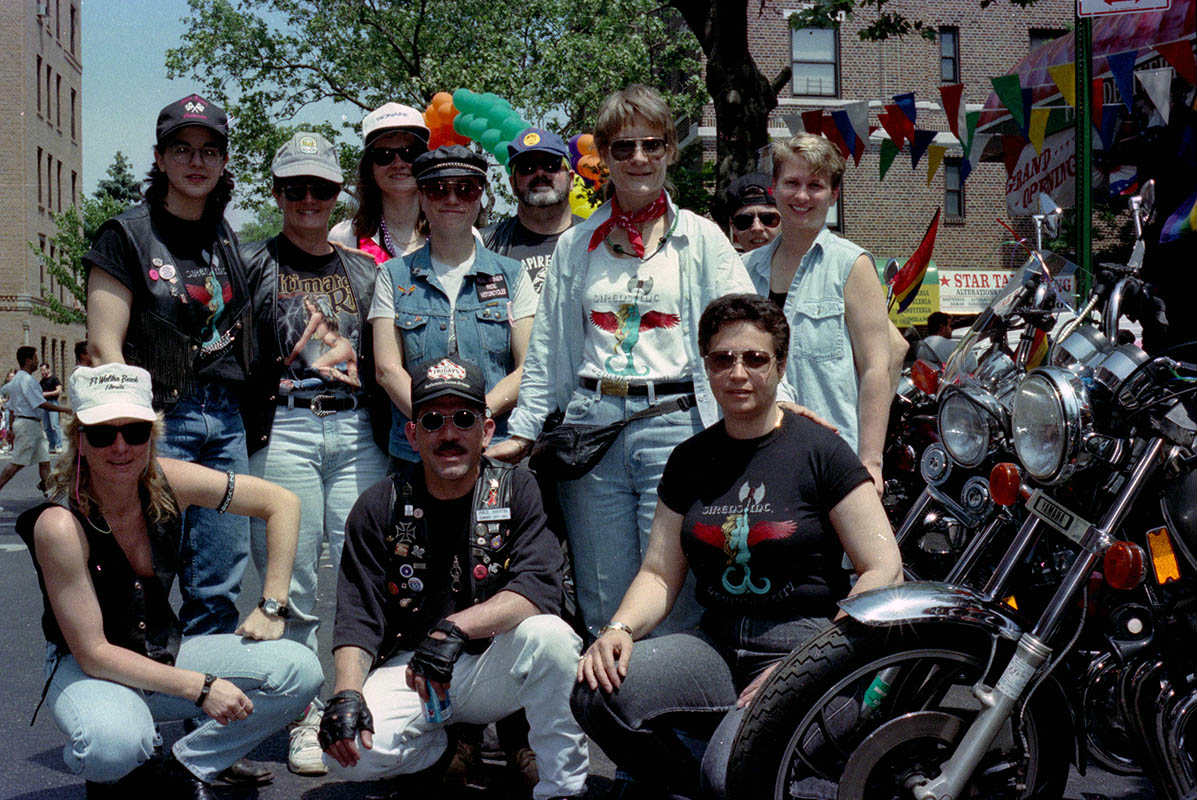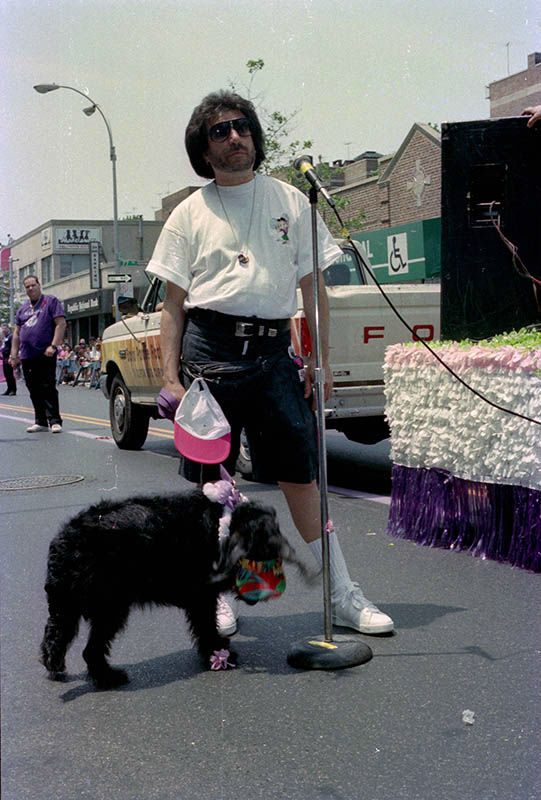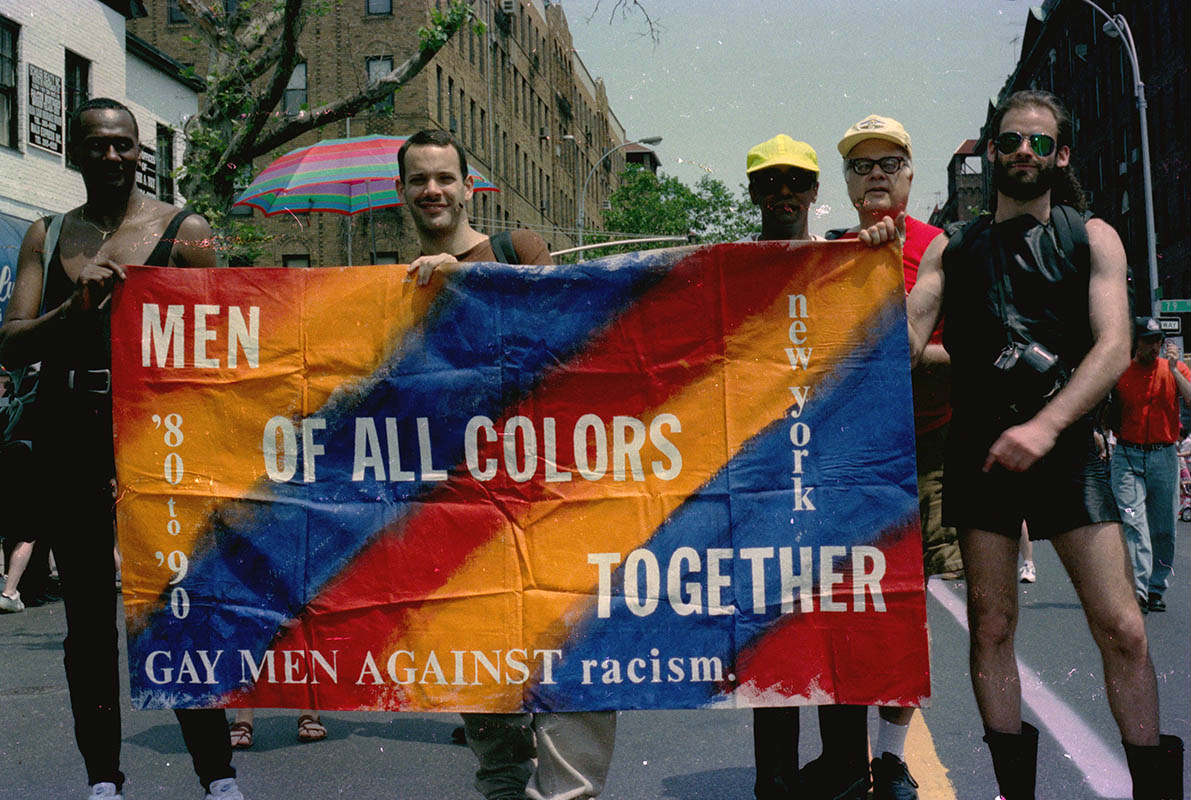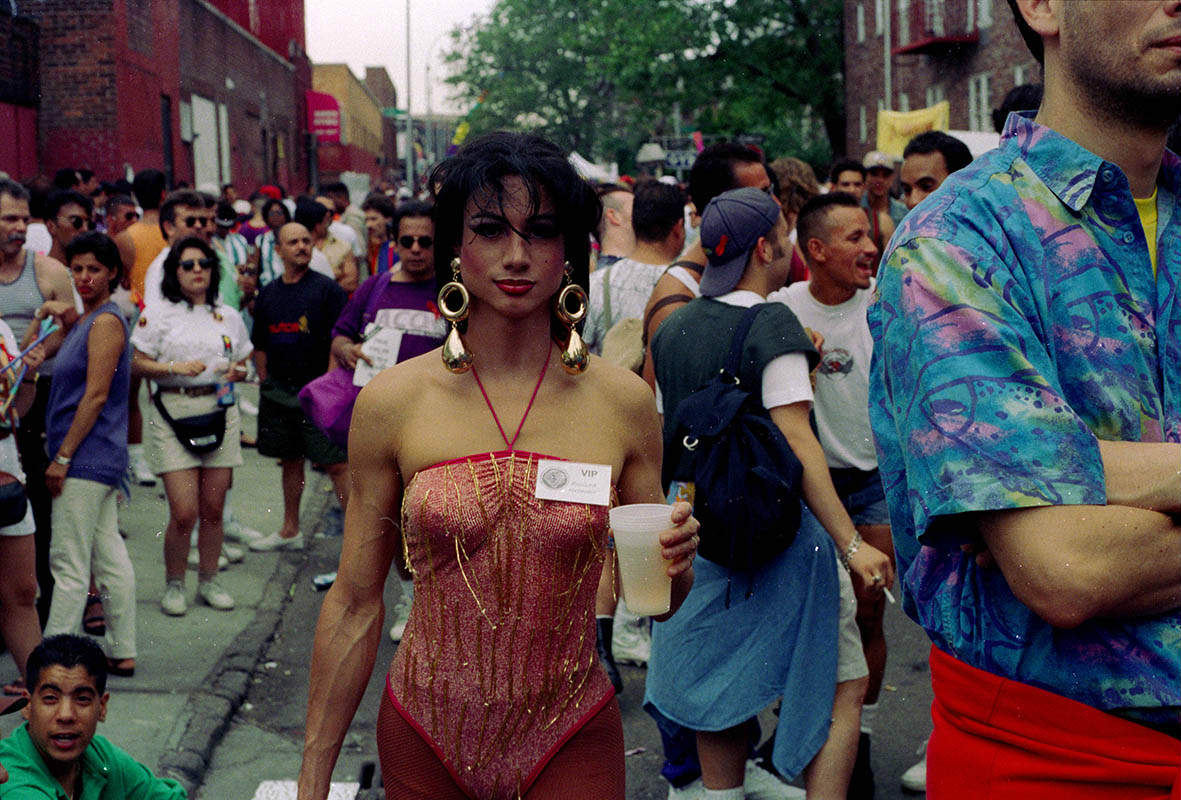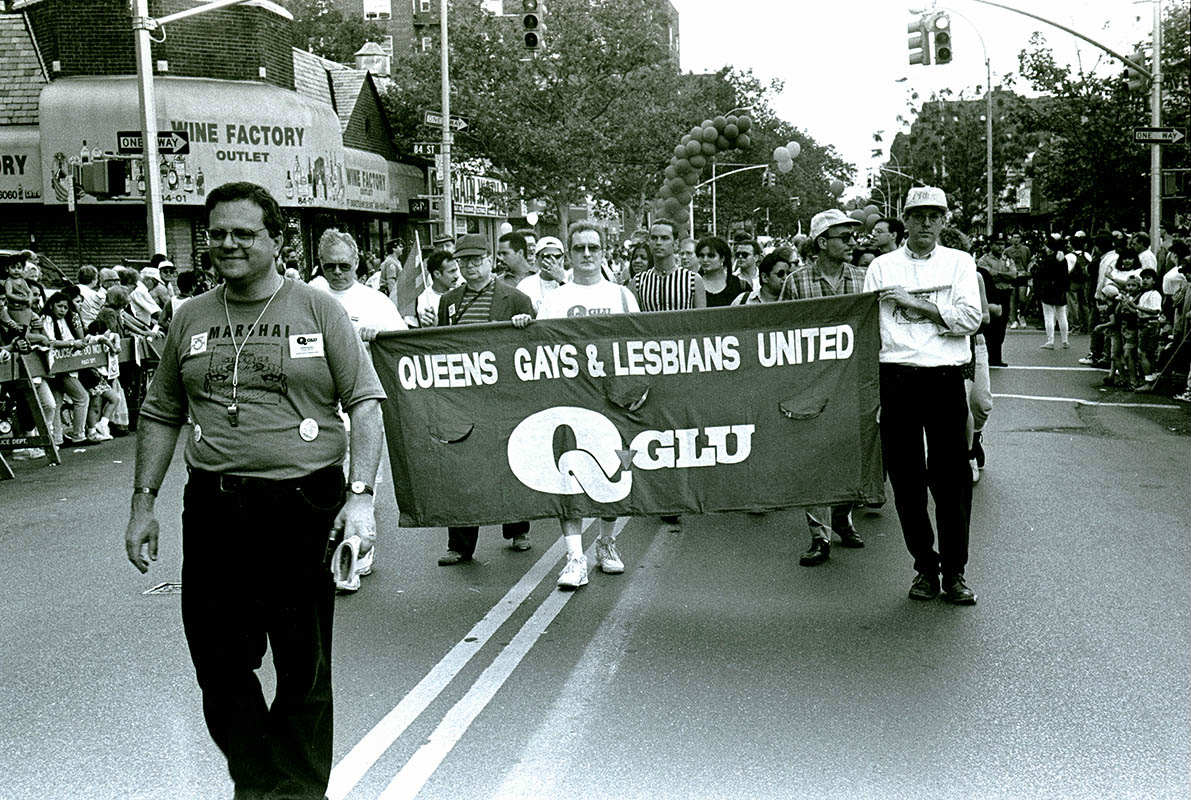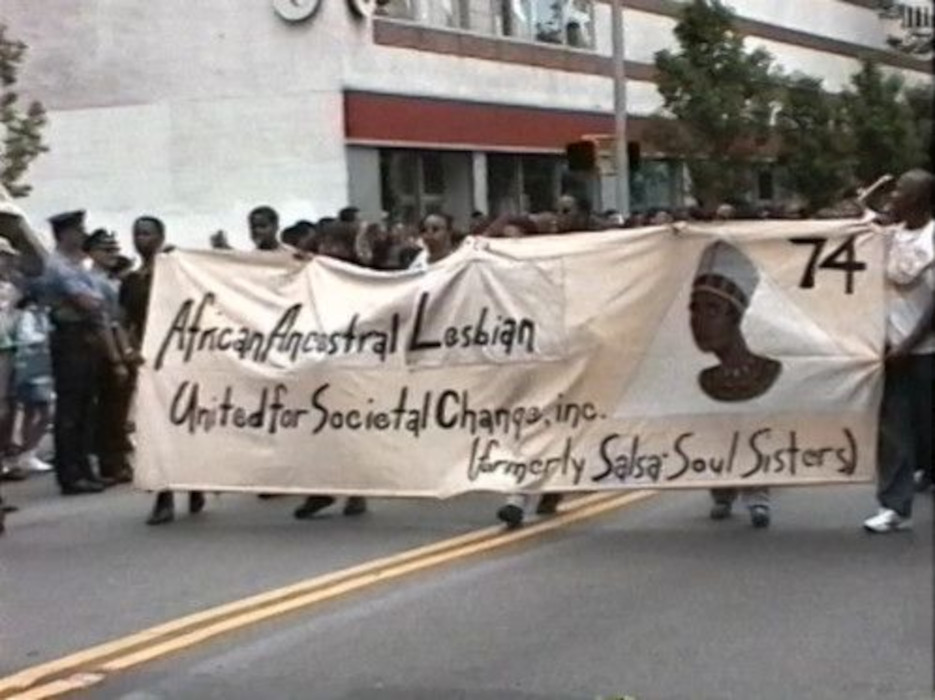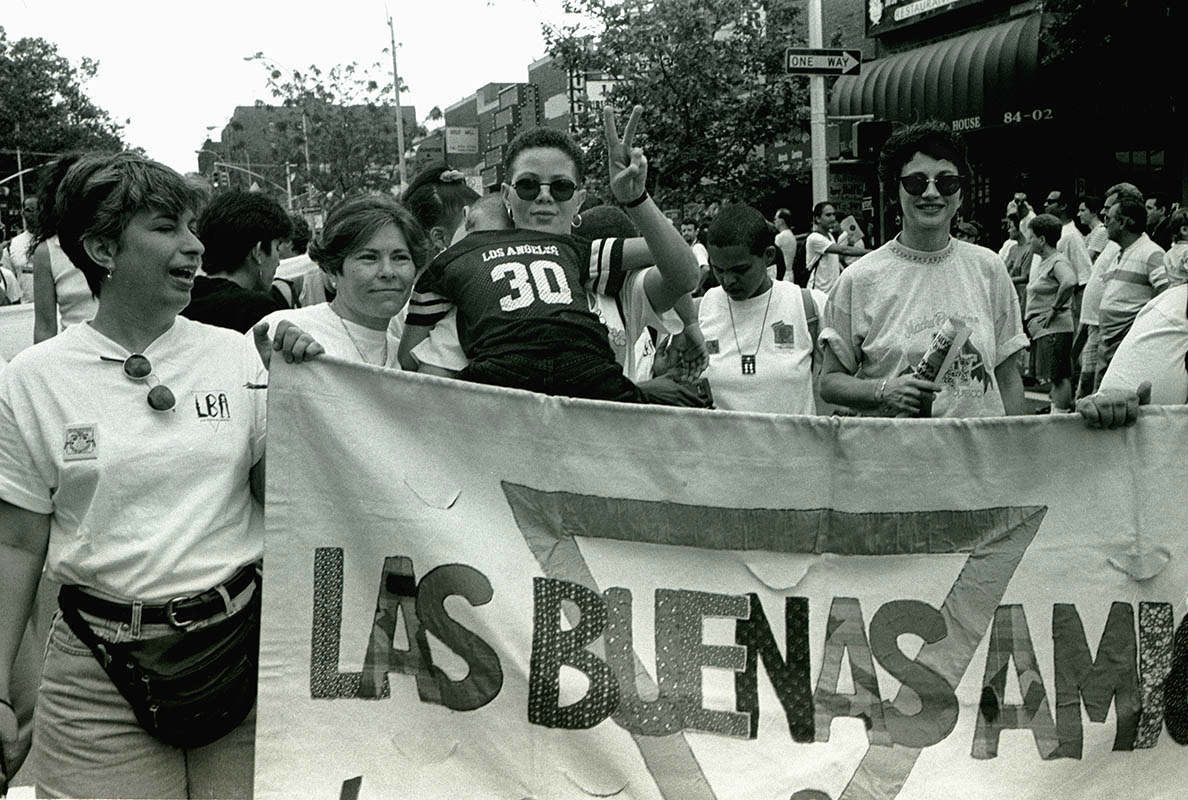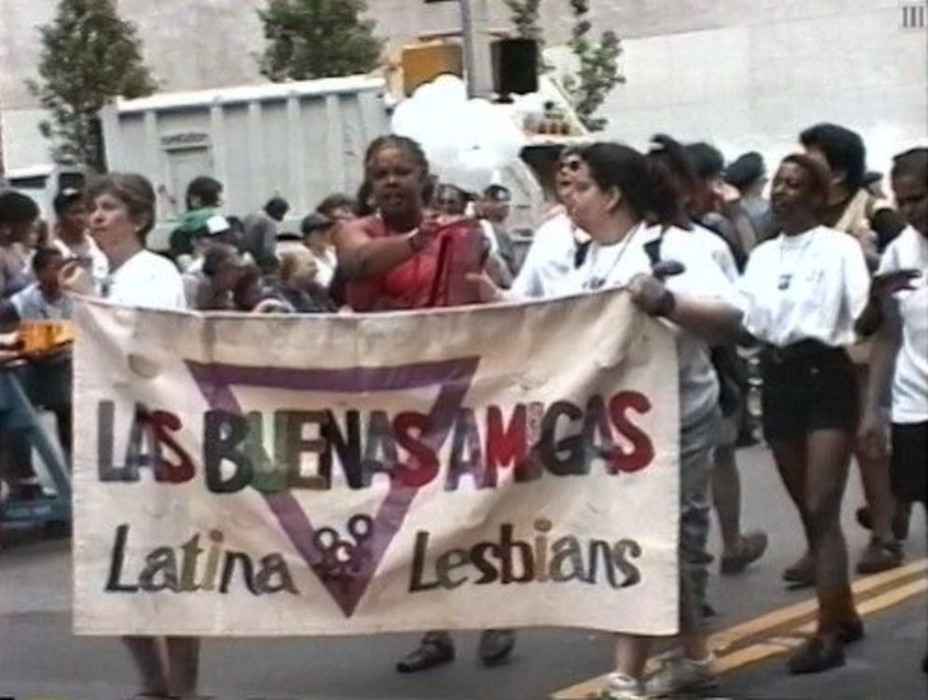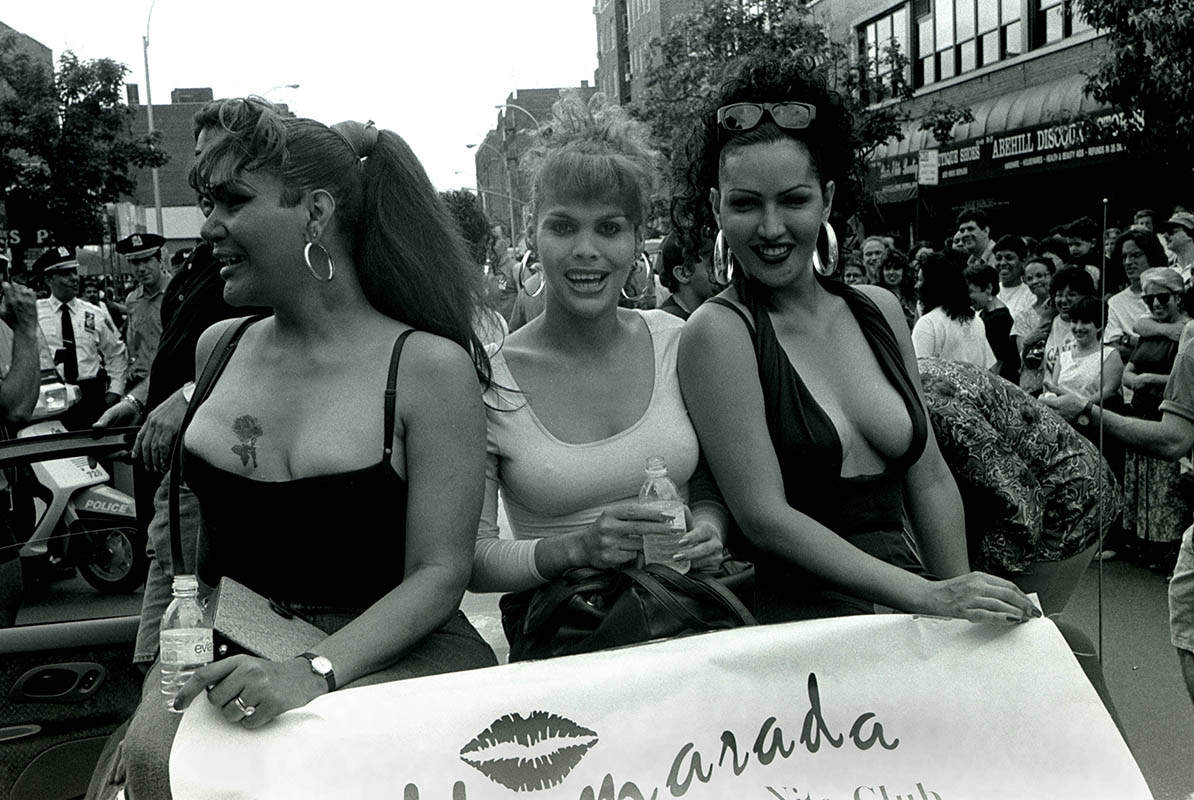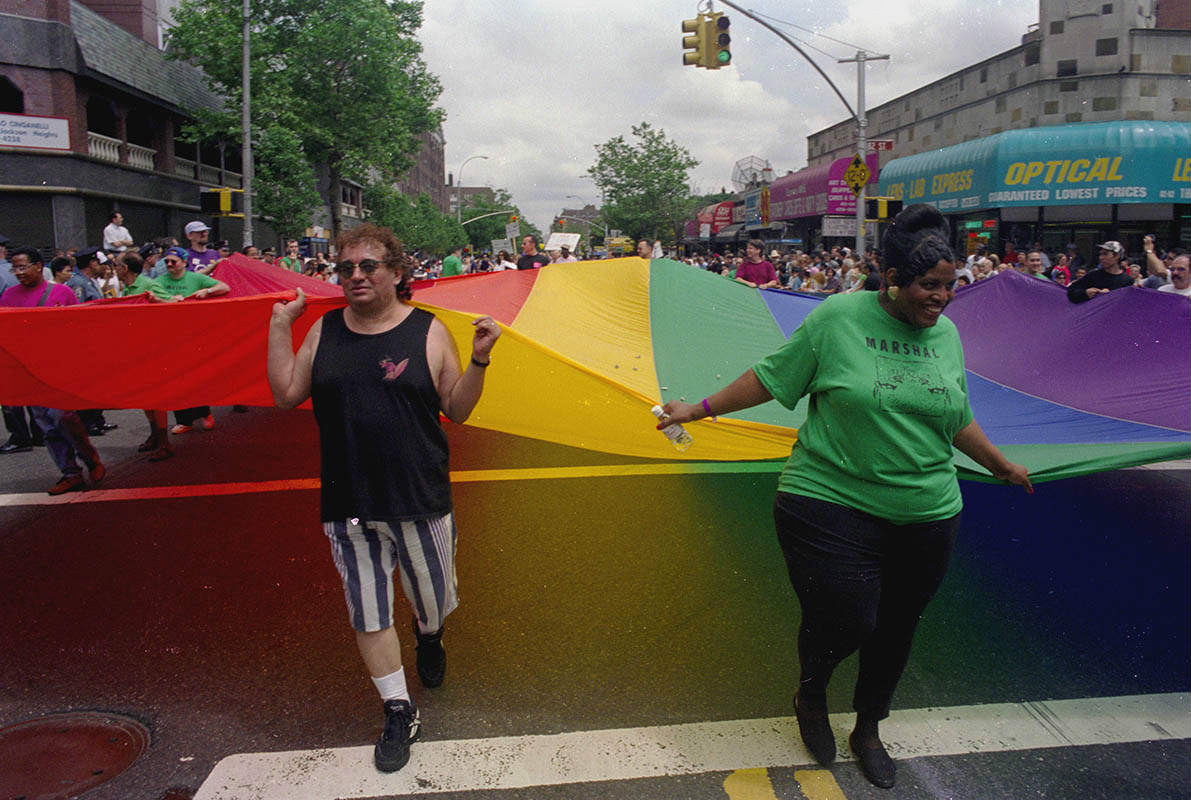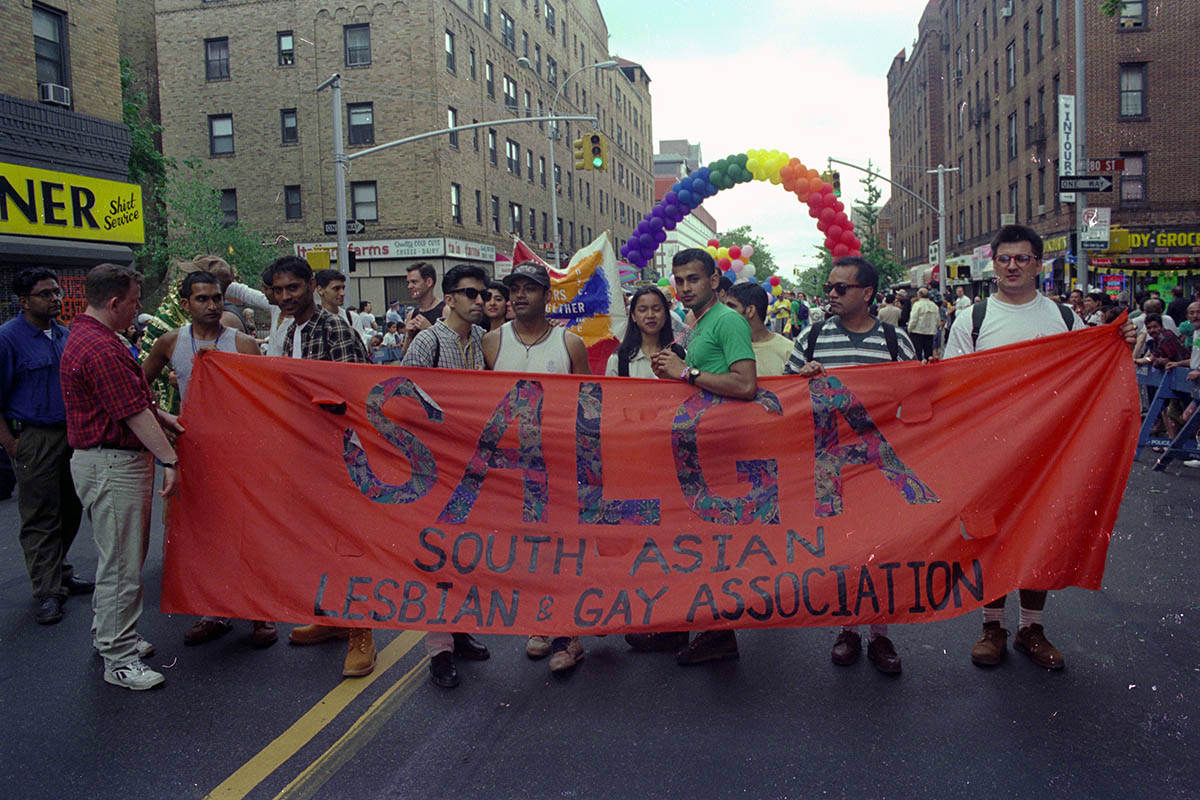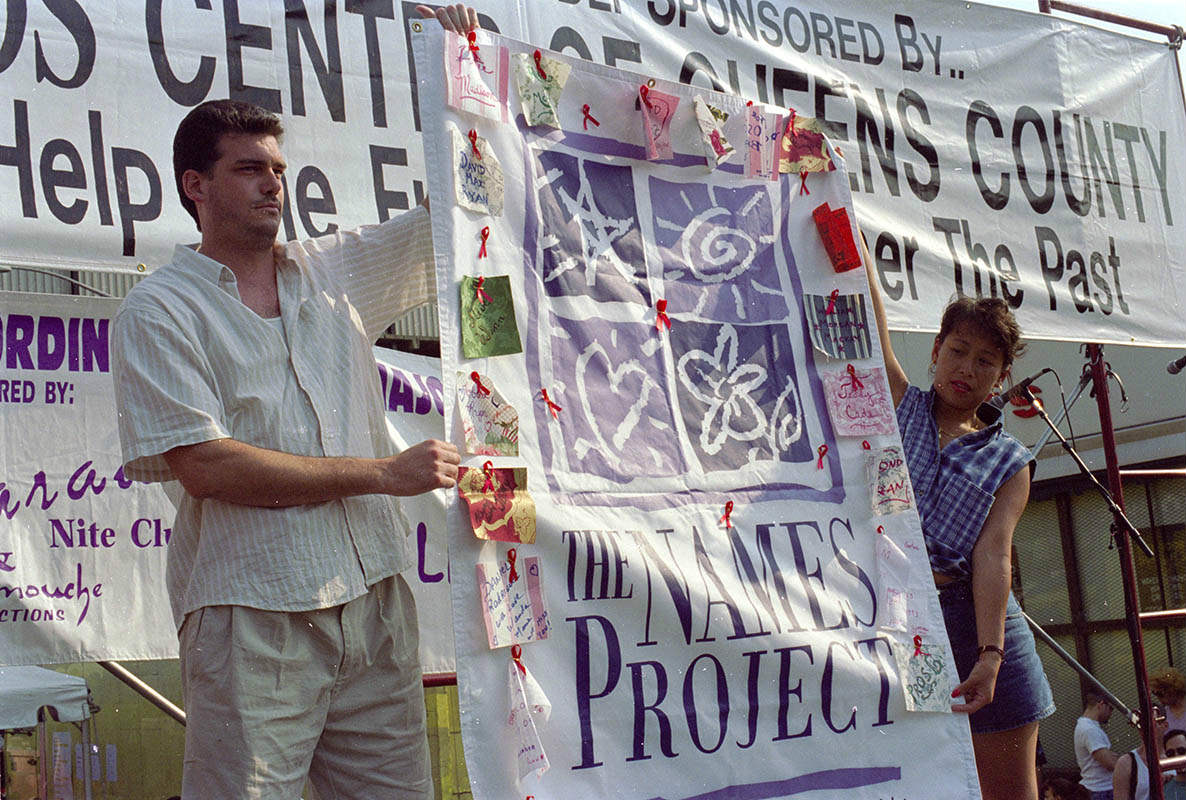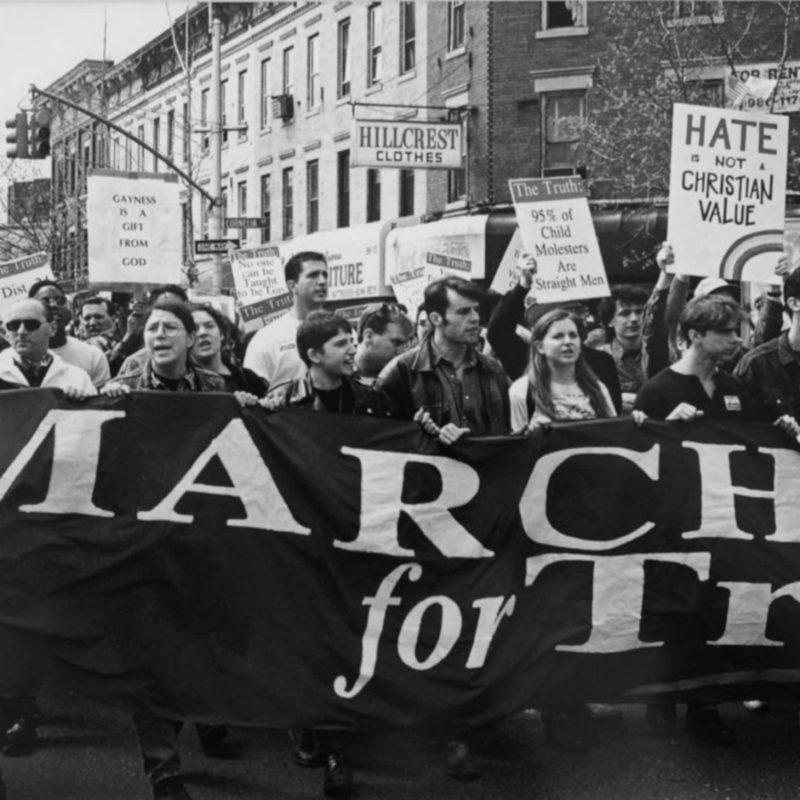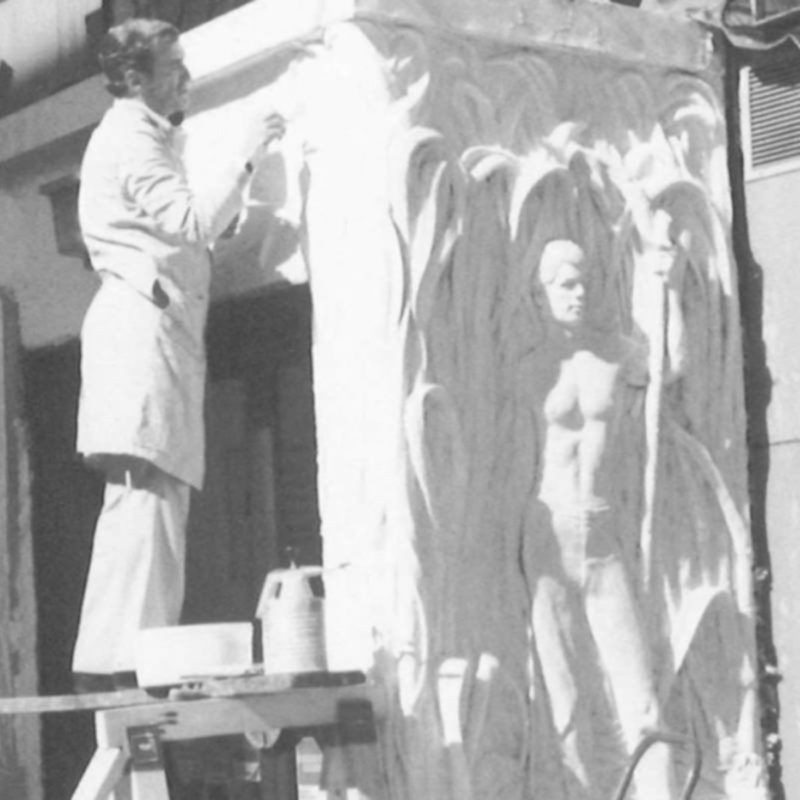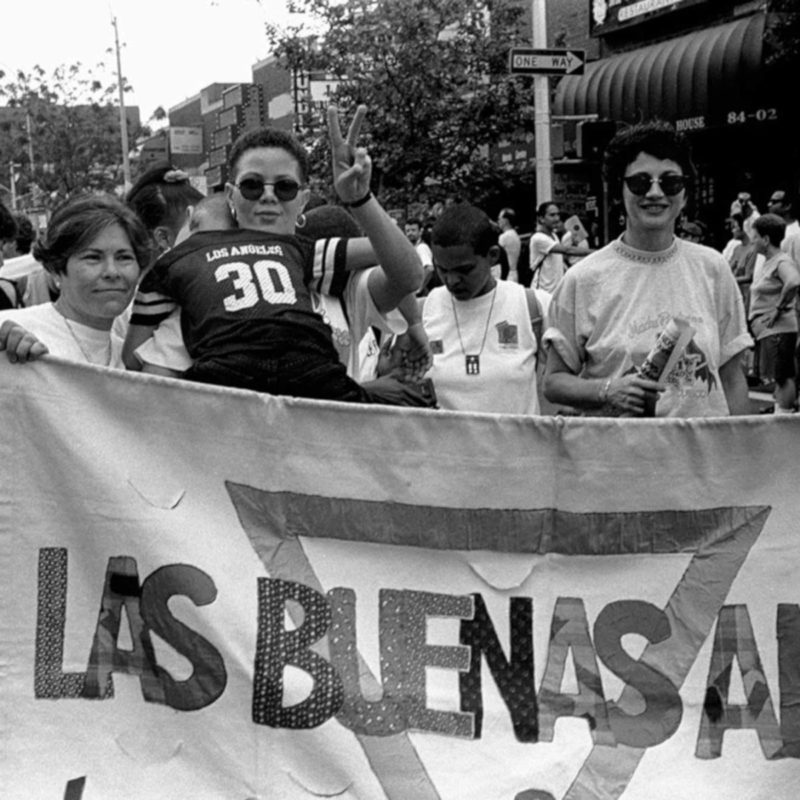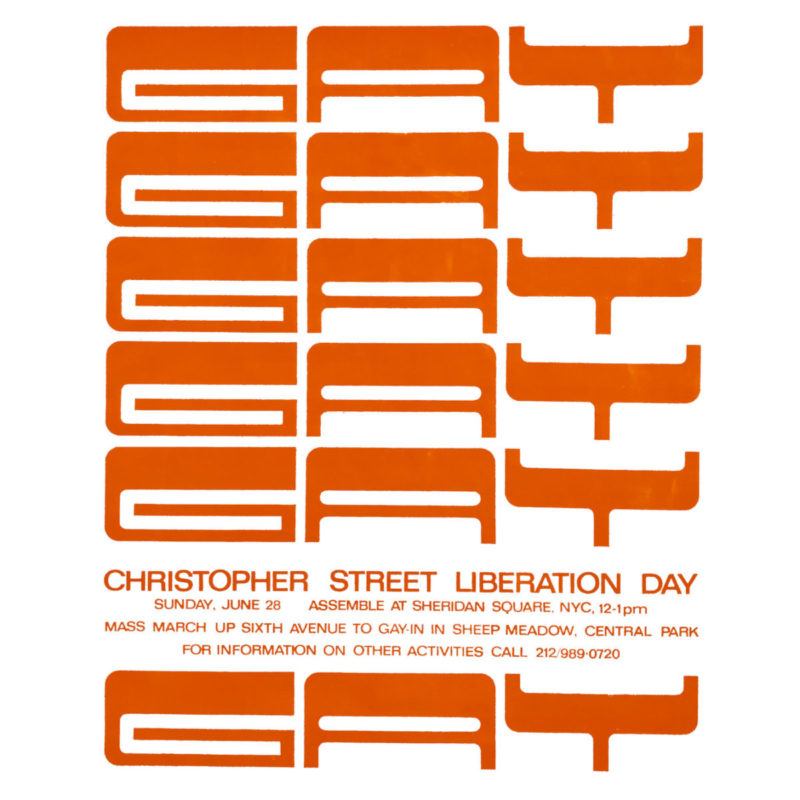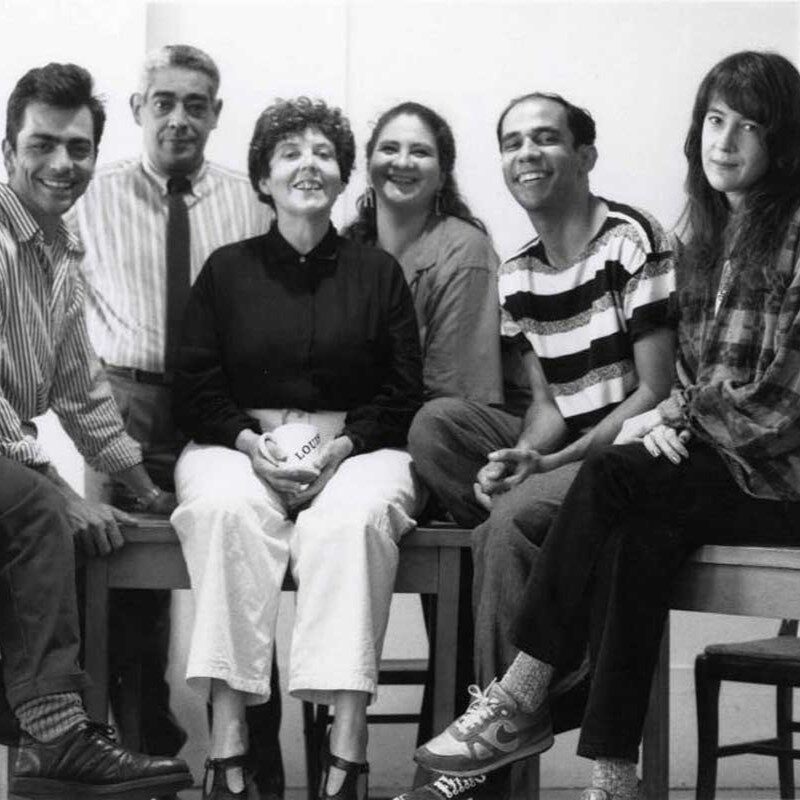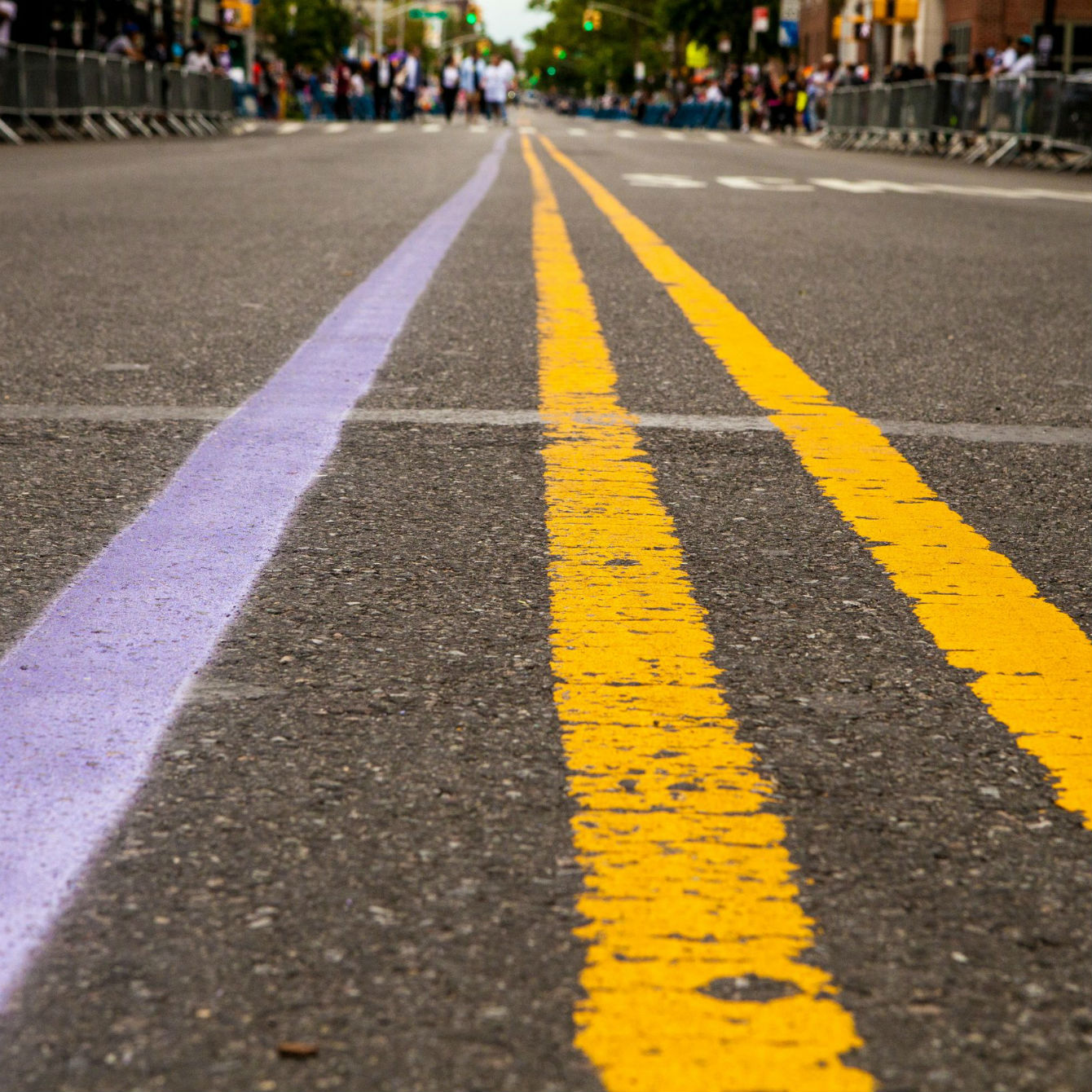
Queens Pride Parade
overview
In 1993, the inaugural Queens Pride Parade and Multicultural Festival took place in the historically gay neighborhood of Jackson Heights and was the first such event to be organized in a borough outside the more gay-tolerant Manhattan.
Co-organized by Daniel Dromm and Maritza Martinez, the parade brought together a diverse group of LGBT people and allies from Queens and around the city, and sought to promote pride, visibility, and acceptance following years of homophobic hate crimes and discrimination.
History
Jackson Heights has been home to LGBT residents since the 1920s, when a population boom included a significant number of Broadway theater artists who were attracted to the convenient subway commute from Times Square to the quiet, newly-built residential enclave. After the opening of LaGuardia Airport, gay travelers and flight attendants waited out layovers by visiting a small entertainment district on 37th Avenue. Beginning in the 1970s, Latino immigrants arrived in Jackson Heights in large numbers and, gradually, gay bars in the area catered predominantly to LGBT Latinos. Until the activism spurred on by the gay-biased murder of Julio Rivera in July 1990, however, the LGBT community of the neighborhood — and Queens in general — was largely invisible.
The Queens Pride Parade formed in response to Rivera’s murder and, more directly, to the 1992 homophobic outcry over the inclusion of gay and lesbian content in the Children of the Rainbow curriculum, which was designed to teach children tolerance of all of New York City’s diverse communities. As a result, former City Council Member Daniel Dromm, who was then a public school teacher in the borough’s Community School District 24 (where the controversy was centered), came out as openly gay and decided to counter the ensuing propaganda with a family-friendly celebratory parade that would promote LGBT visibility and pride, and be based in a neighborhood where many closeted gay people lived.
I wanted people to know that lesbians and gay men were their family, friends, and neighbors.
On November 22, 1992, the initial planning meeting was held in Dromm’s Flushing apartment, and the formation of the Queens Lesbian and Gay Pride Committee (QLGPC) followed soon after at a meeting of Queens Gays and Lesbians United (Q-GLU). Co-chaired by Dromm and Cuban-born LGBT rights activist Maritza Martinez, QLGPC canvassed neighborhood gay bars for donations and support. Dromm later recalled that some bar owners were resistant, “It was a very quiet lesbian and gay community — a large one but not a very visible one. [People were worried] that if they became visible, they would pay a price.”
The first Queens Pride Parade and Multicultural Festival took place on Sunday, June 6, 1993, and an estimated 10,000 people attended. As is the case today, the parade route ran from 89th to 75th Streets along 37th Avenue, which was painted with a lavender line. Martinez was responsible for the multicultural festival on nearby 37th Road. The accompanying stage show featured drag queen and transgender performers, who were also pivotal beforehand in helping to raise money and promote the parade at the gay bars where they regularly entertained. Martinez gave a bilingual speech, with the following spoken in Spanish:
We know that many gay and lesbian Latinos live here in Queens. This is the moment, with this parade, to come out of the closet and demonstrate that we are Latinos and gays!
Groups that marched in the parade’s earliest years included, among others, Q-GLU, Las Buenas Amigas, South Asian Lesbian and Gay Association (SALGA), Asian and Pacific Islander Coalition, Latino Gay Men of New York, Colombian Lesbian and Gay Association (COLEGA), Men of All Colors Together, Parents, Families, and Friends of Lesbians and Gays (PFLAG), New York Area Bisexual Network, Metropolitan Gender Network, Lesbian Avengers, AIDS Center of Queens County (also a major parade sponsor), and the Sirens Motorcycle Club, which led the parade. Beloved LGBT icon Ms. Colombia, a Queens resident since emigrating from Colombia in 1975, was also present. Marchers held photos of gay and trans murder victims, including Julio Rivera and Staten Island’s Jimmy Zappalorti. The first grand marshals in 1993 were then-New York City Council Member Tom Duane, who grew up in Flushing and, in 1991, became the first openly gay man ever elected to the Council; New York State Assemblywoman Deborah Glick, who grew up in Queens Village and, in 1990, was the first openly lesbian woman ever elected to the New York State Legislature; and pioneering ally Jeanne Manford, a native of Flushing and PFLAG co-founder.
Several participants reflected on both their thrill and nervousness in marching in their home borough, as opposed to the NYC Pride March in the more LGBT-tolerant Manhattan. Brendan Fay, an Irish immigrant who would later found the St. Pat’s for All Parade in Queens, spoke to the event’s importance:
Gays and lesbians should be able to feel comfortable in all parts of the city, not just in Manhattan. I lived a secret life in Queens, but was open and gay in Manhattan. There are so many gays and lesbians who feel they have to be invisible when they return to these boroughs.
The Queens Pride Parade inspired the formation of pride marches in Brooklyn and the Bronx, and is the second oldest pride march in New York City.
Entry by Amanda Davis, project manager (September 2018).
NOTE: Names above in bold indicate LGBT people.
Sources
Arturo Ignacio Sánchez, Ph. D., “The Socio-Historical Development of Jackson Heights, 1909-1965,” 2015, via Queens Community Board 3 website.
Donald Suggs, “Long Live Queens!,” Time Out New York, June 3-10, 1999, 115, in The Daniel Dromm Papers, The LGBTQ Collection, LaGuardia and Wagner Archives, LaGuardia Community College. [source of Dromm quotes]
Eric Robinson, “Queens Gays Expect 20,000 At 2nd Annual Parade,” Tribune, April 28-May 4, 1994, 5, in The Daniel Dromm Papers, The LGBTQ Collection, LaGuardia and Wagner Archives, LaGuardia Community College.
LaGuardia and Wagner Archives, “First Queens Pride Parade,” YouTube, July 11, 2017, bit.ly/2O7ZVbA. [source of Martinez quote]
Pride Guide: Queens Official Guide to Pride Month, Queens Lesbian and Gay Pride Committee, June 6, 1993, in The Daniel Dromm Papers, The LGBTQ Collection, LaGuardia and Wagner Archives, LaGuardia Community College.
Raymond Hernandez, “High Spirits Dominate Gay Parade in Queens,” The New York Times, June 7, 1993, B3. [source of Fay quote]
R. Heath, “Gay Pride Parade,” Neighborhood Gazette, Vol. 5, No. 4, April 15-May 15, 1996, in The Daniel Dromm Papers, The LGBTQ Collection, LaGuardia and Wagner Archives, LaGuardia Community College.
Richard Shpuntoff, e-mails to Amanda Davis for the NYC LGBT Historic Sites Project, June-August 2018.
Richard Shpuntoff, Julio of Jackson Heights, documentary, 2016.
Queens Lesbian and Gay Pride Committee newsletters, in The Daniel Dromm Papers, The LGBTQ Collection, LaGuardia and Wagner Archives, LaGuardia Community College.
Read More
Do you have more information about this site?
This project is enriched by your participation! Do you have your own images of this site? Or a story to share? Would you like to suggest a different historic site?
